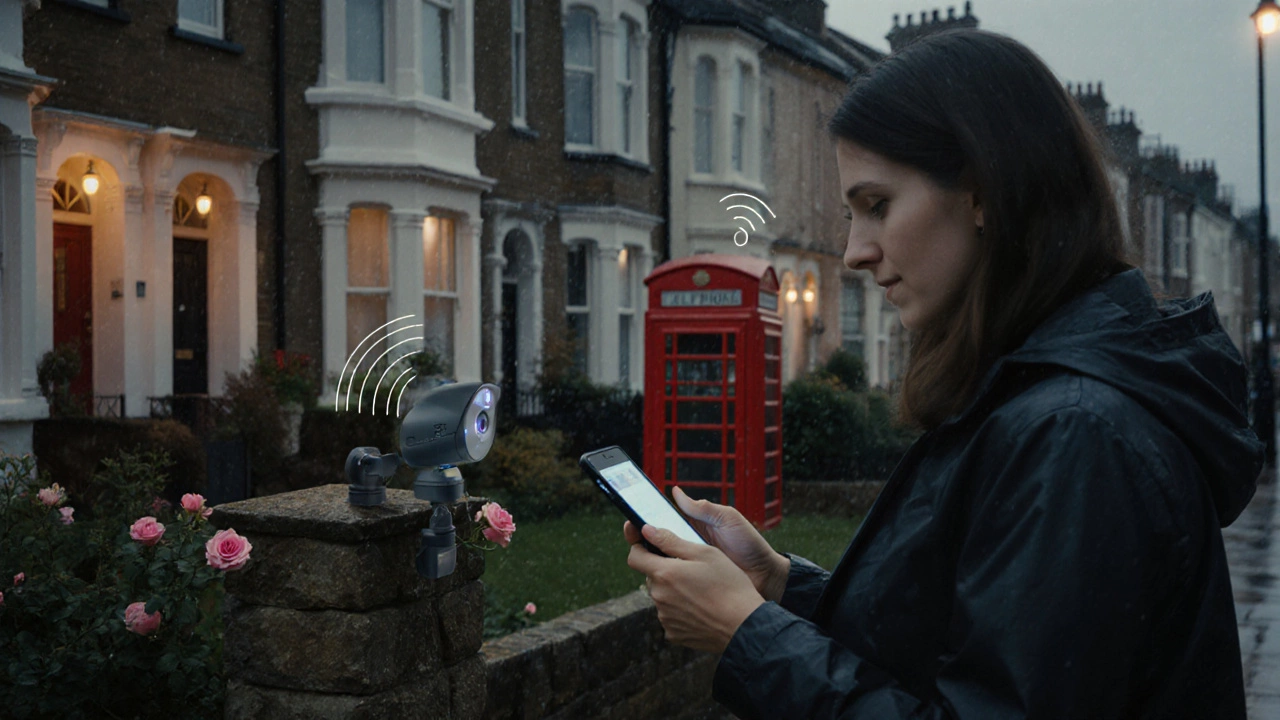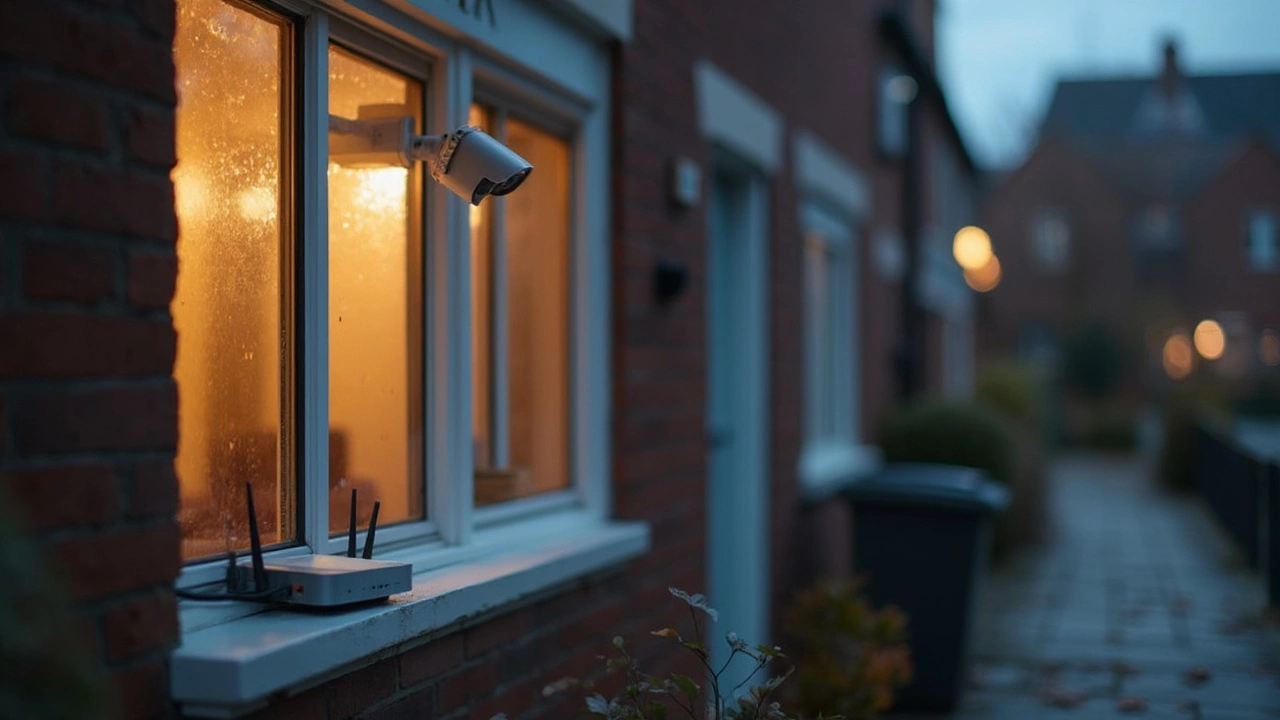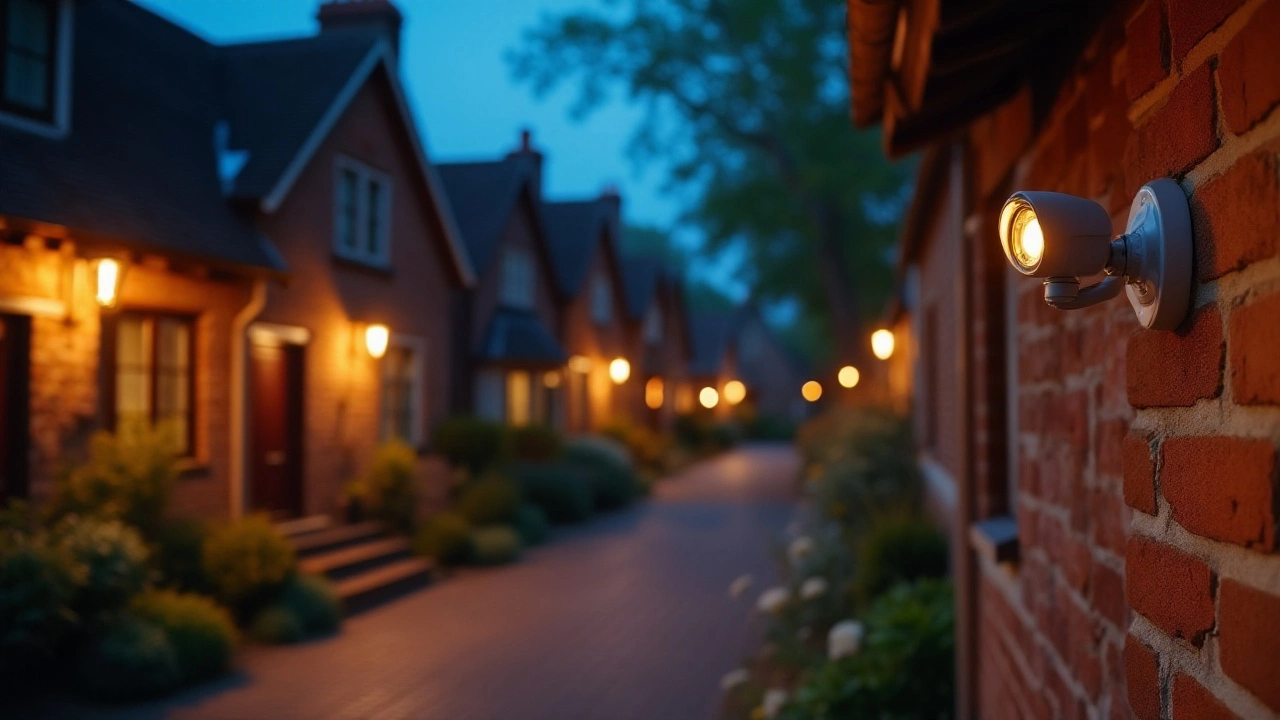If you’re scrolling through endless options, you probably wonder which security camera actually protects your home. The good news is you don’t need a PhD to get a solid system. In this guide we break down the must‑have features, where to mount cameras, and how to keep an eye on them from your phone.
Resolution matters. A 1080p camera gives you clear faces, while 4K is overkill unless you need to zoom in on a large property. Night vision isn’t optional – IR LEDs let the camera see in total darkness. Look for actual night‑vision specs instead of just “low‑light.”
Power source. Wired cameras stay on during blackouts if you add a UPS, but wireless models let you avoid drilling. Just remember they still need electricity for the router and the battery will need recharging every few months.
Storage options. Cloud plans are convenient but cost extra. Many cameras offer microSD slots that store weeks of footage locally. Choose the method that fits your budget and privacy comfort.
Mount cameras where they capture clear entry points – front door, garage, back garden. Avoid corners that create shadows; a 45‑degree angle usually offers the widest view. Height is key: 9‑10 feet keeps tampering hard while still getting facial detail.
Don’t forget the backyard. A floodlight with motion sensor doubles as a security light and a camera’s night‑vision boost. If you live in a neighbourhood with strict privacy laws, keep cameras pointed at your property, not neighbours’ windows.
When you’re ready, use the Total Security Solutions team to handle permits and professional mounting. A proper install saves you legal headaches and ensures the feed stays stable.
Once your cameras are up, download the companion app, link each device to your Wi‑Fi, and set up motion alerts. Test the feed on a phone and a desktop to make sure you get the same picture everywhere.
Need more detail? Check out our articles on wireless security cameras, night‑vision devices, and how to view cameras on your phone. Each piece dives deeper into specific topics so you can fine‑tune your system.
Bottom line: pick a camera with clear resolution, reliable night vision, and a storage plan you’re comfortable with. Mount it high, aim it at entry points, and make sure power and internet are steady. Follow these steps and you’ll have a security camera setup that actually works – no guesswork, no wasted money.

Explore whether all security cameras need Wi‑Fi, learn the differences between wireless, wired, and hybrid models, and discover the best setup for your home.

A lot of people assume wireless cameras and WiFi cameras are the same, but that’s not true. This article explains how these two types of cameras work, their differences in connections, power, and setup, and what you should consider when choosing for your home or business. You'll find practical tips to avoid common mistakes when shopping for a CCTV kit. By the end, you'll know which camera fits your needs best and how to get the most out of your security system.

Wondering if a CCTV camera can work without internet? You’re not alone. This article breaks down what actually happens when you pull the plug on WiFi yet still want reliable surveillance. Find out which features keep recording even offline, what you lose without internet, and clever ways to store footage safely. Get straight answers and handy tips that make setting up a wireless CCTV kit easier than you think.

Thinking about getting security cameras but worried about the cost? This article breaks down real-world CCTV installation prices in Adelaide, covers what impacts your final bill, and shares tips that can save you money. You'll learn how much different types of camera setups run, what you really need for effective coverage, and how to avoid sneaky extra fees. Find simple, local advice that keeps your wallet in mind. Clear, useful info—no jargon or upsell.

Home security cameras come in various types, not all of which require a subscription. Learn the differences between subscription-free and subscription-based models, and discover how these options affect storage and features. Understand the importance of subscription plans in enhancing security while evaluating whether they are the right fit for your needs. Explore tips on maximizing the potential of any chosen camera system.

Choosing the right home security system can be tricky with so many options out there. This article breaks down which security system is the top choice in the U.S., focusing on ease of use, advanced features, and affordability. Learn about the best home security cameras and what sets them apart. Explore tips and facts that will help you make an informed decision and secure your home effectively. Understand what makes a security system top-rated in the market today.

Exploring the financial aspects of hiring a CCTV installer, this article delves into the hourly rates and factors influencing the cost. Discover the average rate you might expect to pay and learn about potential extra charges tied to installation complexity. Gain insights into obtaining accurate quotes and tips for finding a reliable installer, ensuring you maximize your investment while enhancing your security setup.

Choosing between wired or wireless security cameras involves understanding their Internet and WiFi requirements. While some cameras need constant Internet connectivity to access features like cloud storage and remote monitoring, others operate smoothly offline with local storage solutions. It's important for homeowners to know how different camera types function, consider network strength, and explore alternative connectivity options to ensure their security systems are reliable.

Not all surveillance cameras come equipped with night vision capabilities. While many modern security cameras do boast this feature, there are variations in infrared technology, image quality, and functionality. Some cameras use advanced infrared LEDs, while others rely on low-light color sensors. It's important to understand different options available to make an informed choice based on surveillance needs.